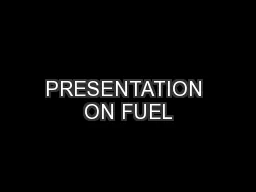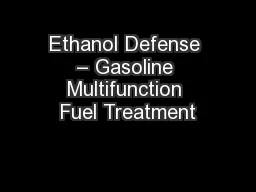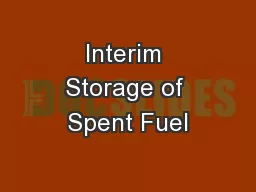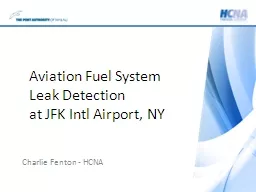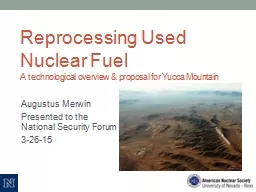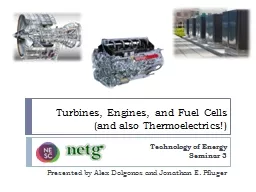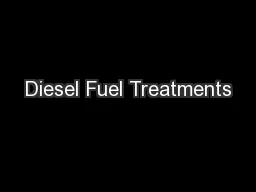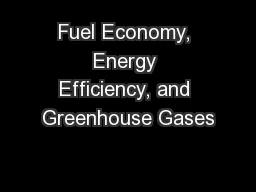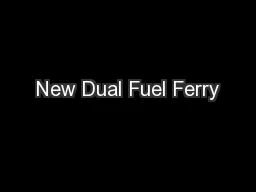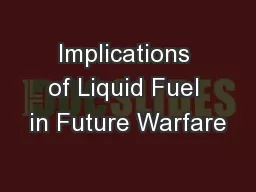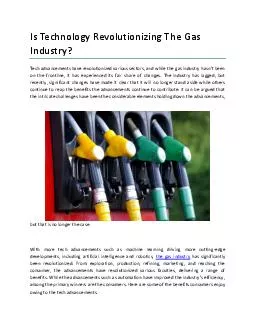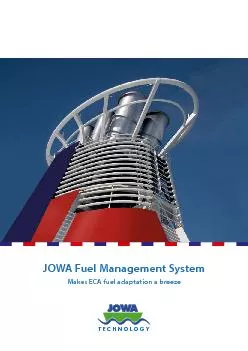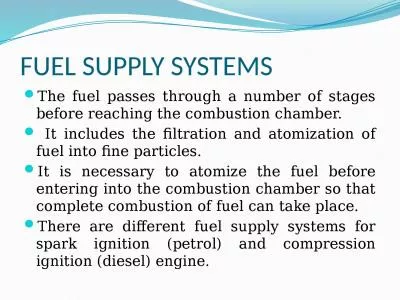PPT-PRESENTATION ON FUEL
Author : phoebe-click | Published Date : 2015-12-08
College NEOTECH INSTITIUTE OF TECHNLOGY Department OF MECHANICAL ENGINEERING Students Soham Patel Veeral Patel Aniket Shimpi Krunal Shah Guided By
Presentation Embed Code
Download Presentation
Download Presentation The PPT/PDF document "PRESENTATION ON FUEL" is the property of its rightful owner. Permission is granted to download and print the materials on this website for personal, non-commercial use only, and to display it on your personal computer provided you do not modify the materials and that you retain all copyright notices contained in the materials. By downloading content from our website, you accept the terms of this agreement.
PRESENTATION ON FUEL: Transcript
Download Rules Of Document
"PRESENTATION ON FUEL"The content belongs to its owner. You may download and print it for personal use, without modification, and keep all copyright notices. By downloading, you agree to these terms.
Related Documents

